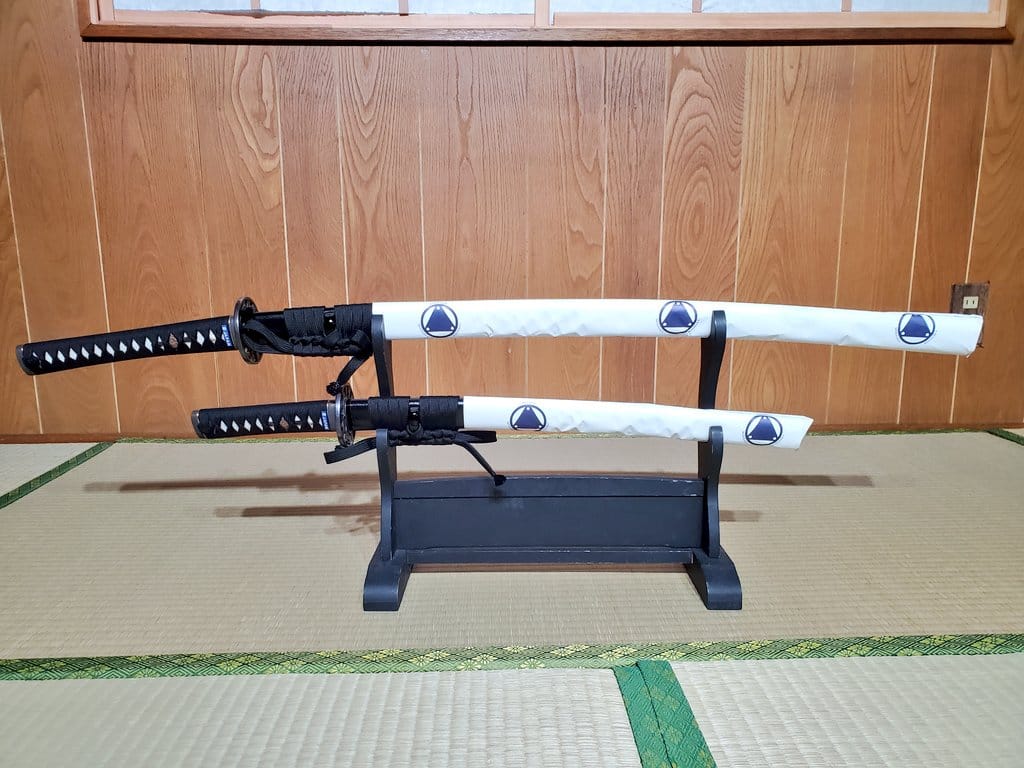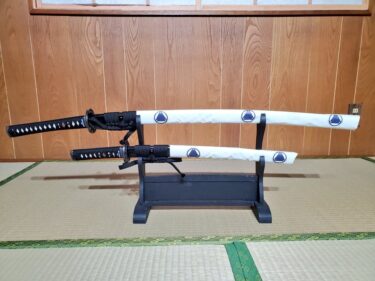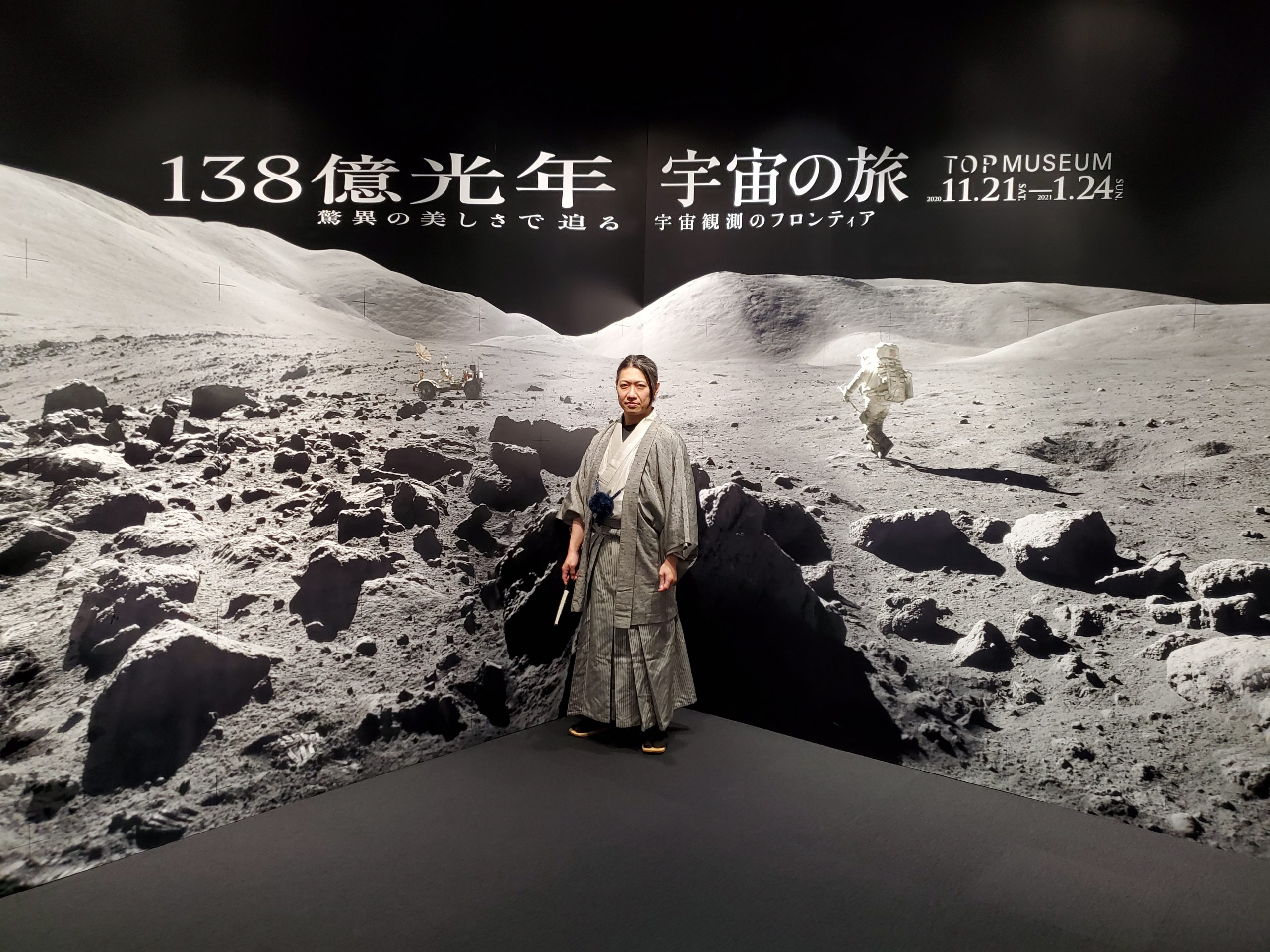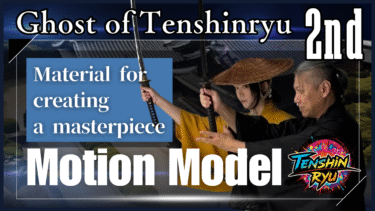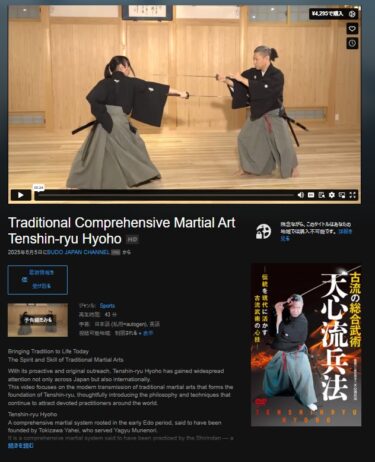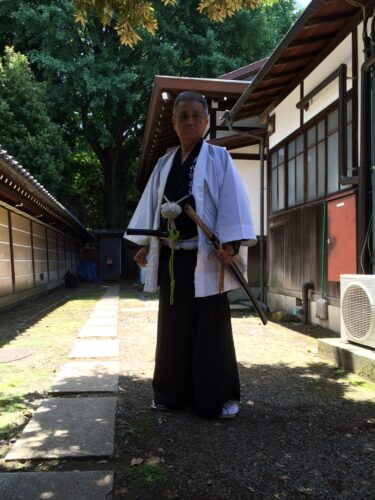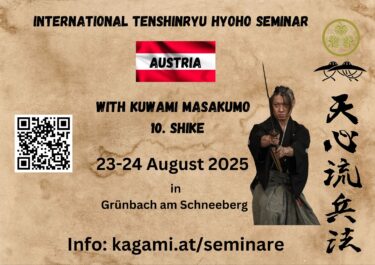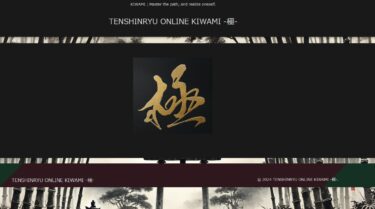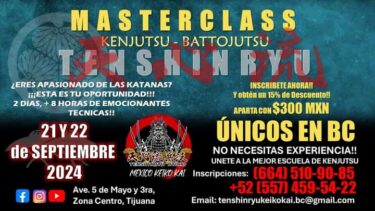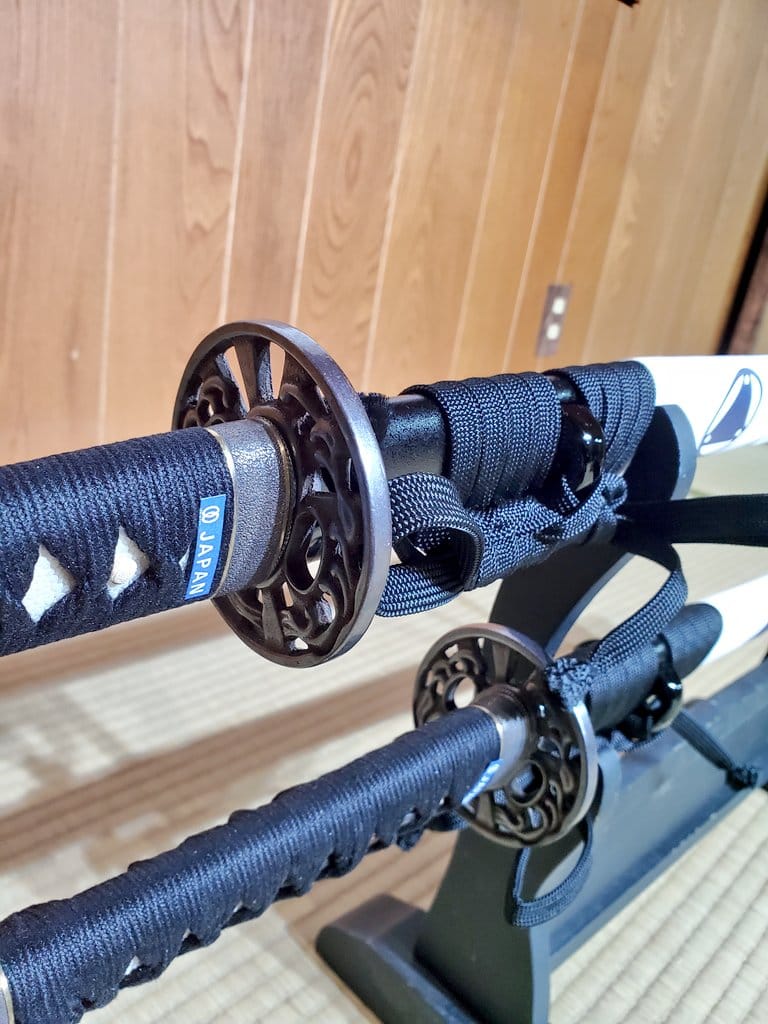
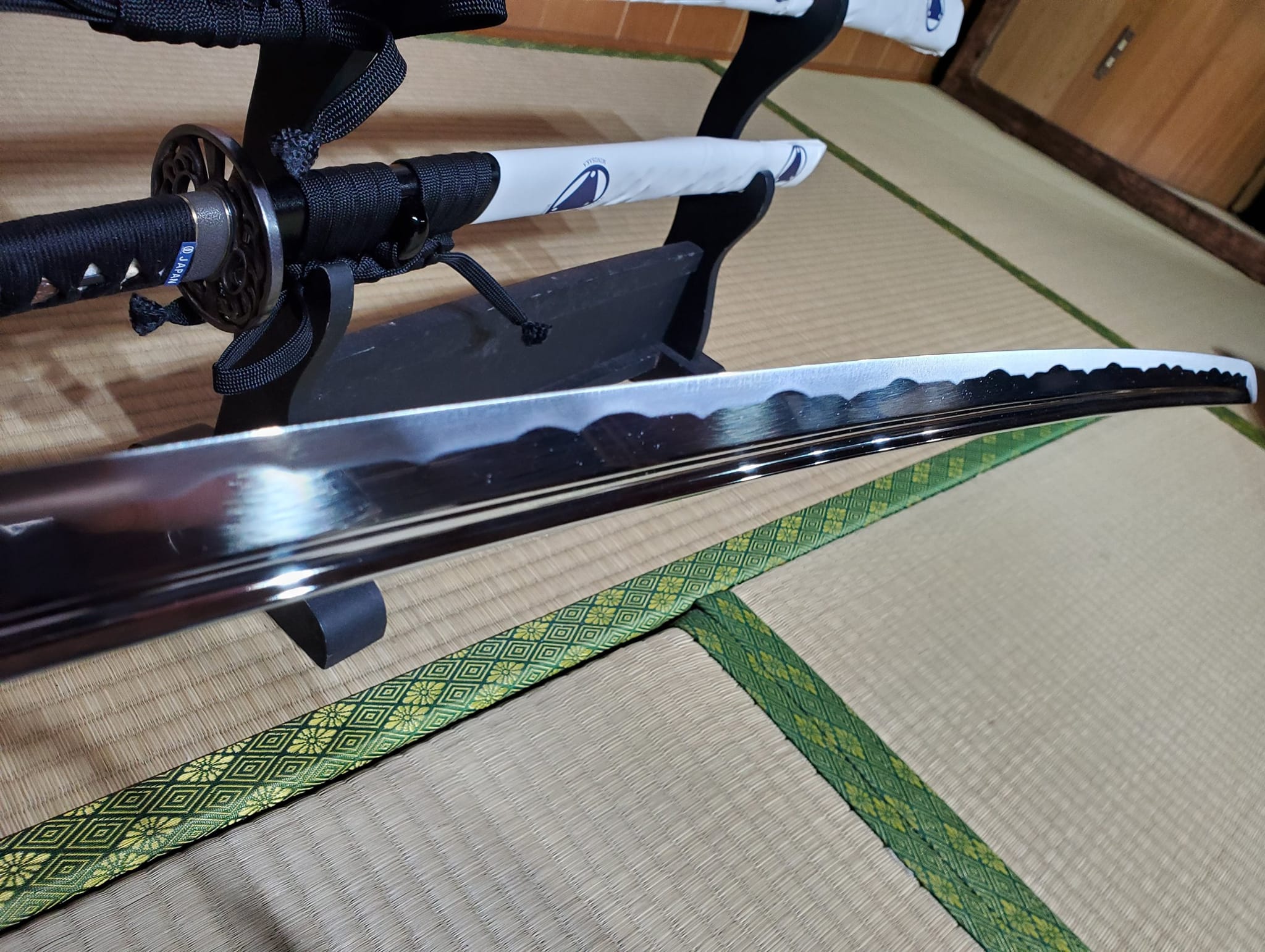
Thank you for all the feedback.
Let me explain a little bit about the situation regarding Japanese swords. First, there are two types of swords: imitation swords(Mozo-Token 模造刀剣) and swords(Tokenrui 刀剣類).
The legal definition of a so-called real sword (真剣 Shinken) is vague, but it is defined as “an object with recognized artistic value.”
This means that the sword is made using traditional methods.
Modern swords from the express generation onwards are also illegal unless they are licensed in accordance with this principle.
Stainless steel swords from the Showa era are generally not allowed and will be discarded. Even if a traditionally made Gunto from the Showa era is found to have no artistic value by an appraiser, it must be destroyed.
There are major problems with this subjective review.
Modern swordsmiths create swords with permission. It is customarily set at 24 films per year, but there is no legal basis for this. However, this has not only increased the price of modern swords, but also caused a decline in quality and the poverty of swordsmiths.
Imitation swords, on the other hand, are made of alloy.
Currently in Japan, it is legally prohibited to make imitation swords using iron.
As a result of the use of imitation iron-bodied swords in the Yodo hijacking incident in 1970, the manufacture, sale, and possession of all imitation iron-bodied swords were banned.
As a result, all Japanese practitioners who cannot use high-quality real swords are forced to practice with imitation swords that have low durability.
We also practice with real swords, but from the perspective of preserving the sword, we often use imitation swords.
Originally, such long swords were not common during the Edo period. So the weight of the sword is not really an issue. And due to the issue of strength, real swords are actually much easier to use than imitation swords, which are less strong.
The legal standards for imitation swords are also ambiguous, but in principle, the proof that a sword is an imitation is that the magnet does not stick to the blade.
Therefore, not only iron but also most stainless steel cannot be used, so zinc alloy is generally used for imitation swords.
I don’t think there are many strict regulations regarding sword blades outside of Japan.
However, Japanese imitation swords are extremely beautiful, and above all, the level of craftsmanship is top-notch.
As a sword for practice, the durability of the handle etc. is quite high.
However, since it is handmade by craftsmen, it is expensive. Especially in modern times, the number of craftsmen is decreasing.
There are people who are jealous of Tenshinryu, believe the lies of the Japanese martial artists who slander him, and are reporting that Tenshinryu’s sword is made of duralumin or lightweight wood covered with silver paper.
I know that smart people reading this page are disproving such lies.
*The Yon-shaku sword(Oodachi with a blade length of 120cm) that Takizawa Sensei recently purchased, and the San-jyaku sword(Oodachi with a blade length of 90cm) that was previously unavailable in alloys, were sometimes made of duralumin, but this is an exception.
Having given seminars overseas, I am keenly aware of the problems with preparation. We receive many requests from people to purchase imitation swords made in Japan. Currently, it is targeted at Tenshin-ryu students, but preparations are now underway to begin selling it to all who wish to purchase it.
However, prices are rising due to the rising cost of raw materials and, as mentioned above, a decrease in the number of craftsmen. And shipping costs are required for export.
We do not want to force you to make a purchase. Each has their own economic situation. However, if you wish, please wait a little longer.
